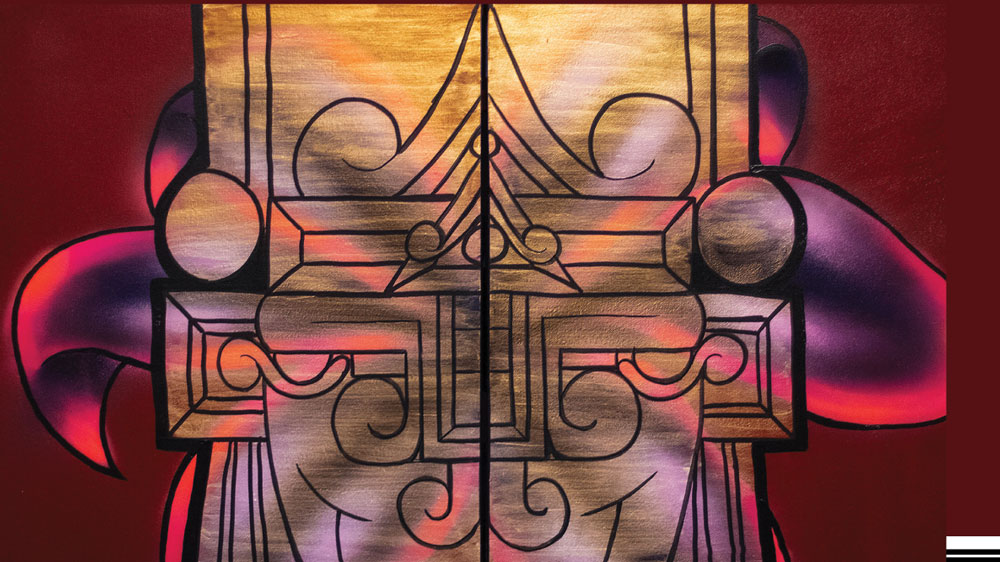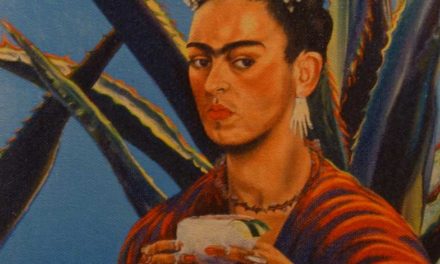Guerrero, Mexico)
Raul Servin began his artistic studies at the Instituto Nacional de Bellas Artes in 1960 when he was only seven. Five years later, he had his first one man show in Acapulco at Galleria Edan. In 1968, he decorated the pavilion for the Flying Indians at the World’s Fair in San Antonio. He has curated art exhibits for the Art Cellar in Houston and the Centro Cultural Aztlan in San Antonio, among others. He has also participated in many individual and group art exhibits locally, nationally and internationally. Servin became an American citizen in the 1980s.
Servin’s work is defined by its central focus on dealing with reality and destiny: in his pieces the viewer can contemplate the anguish and struggles present in society today. With its bold use of color and detail of line, as well as its strong contrast of light and shadow, his style is characterized by personal and poignant statements about the values, social morals, economic realities, and political actions that affect the human condition around the world. Servin’s inspiration is ‘la Raza’—the people. In his earlier works he tried to represent equality by painting his subjects as naked; now he has gone further, using skeletons to erase the prejudice of the skin and assert that there is no race, nationality, or gender. Nevertheless, he does use symbolism to portray their identities.
His latest work is now on view at Centro Cultural Aztlan.
Read more about the artist on page 10.
(1946, Ixcapulzalco,
Guerrero, México)
Inició sus estudios artísticos en el Instituto Nacional de Bellas Artes en 1960 cuando tenía siete años. Cinco años después, tuvo su primera exposición individual en Acapulco, México, en la Galería Edan. En 1968, decoró el pabellón de los Flying Indians en la World’s Fair de San Antonio. Ha curado exhibiciones de arte para Art Cellar en Houston y el Centro Cultural Aztlan en San Antonio, entre otros. También ha participado en muchas exposiciones de arte individuales y grupales a nivel local, nacional e internacional. Servin se convirtió en ciudadano estadounidense en 1980.
Su obra se define por su enfoque central en el tratamiento de la realidad y el destino: en sus piezas, el espectador puede contemplar las angustias y luchas presentes en la sociedad actual. Con el uso audaz del color y el detalle de la línea, así como por su fuerte contraste de luces y sombras, su estilo se caracteriza por declaraciones personales y conmovedoras sobre los valores, la moral social, las realidades económicas y las acciones políticas que afectan la condición humana alrededor del mundo. Su inspiración es ‘la Raza’, la gente. En sus obras anteriores trató de representar la igualdad pintando a sujetos desnudos; ahora ha ido más allá, usando esqueletos para borrar el prejuicio de la piel y afirmar que no hay raza, nacionalidad o género. Sin embargo, usa el simbolismo para retratar sus identidades.
Su último trabajo está ahora a la vista en el Centro Cultural Aztlán.
Lea más sobre el artista en la página 10.










